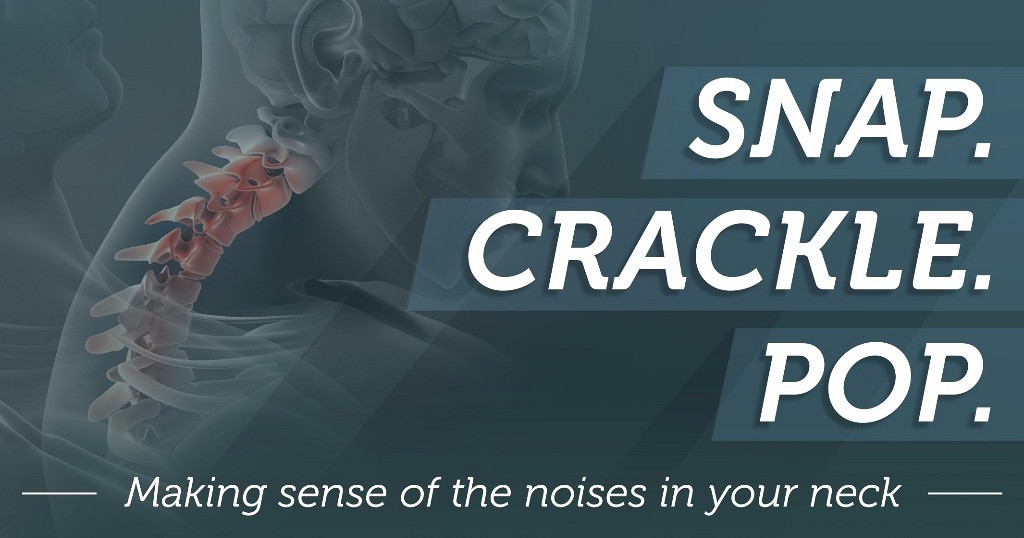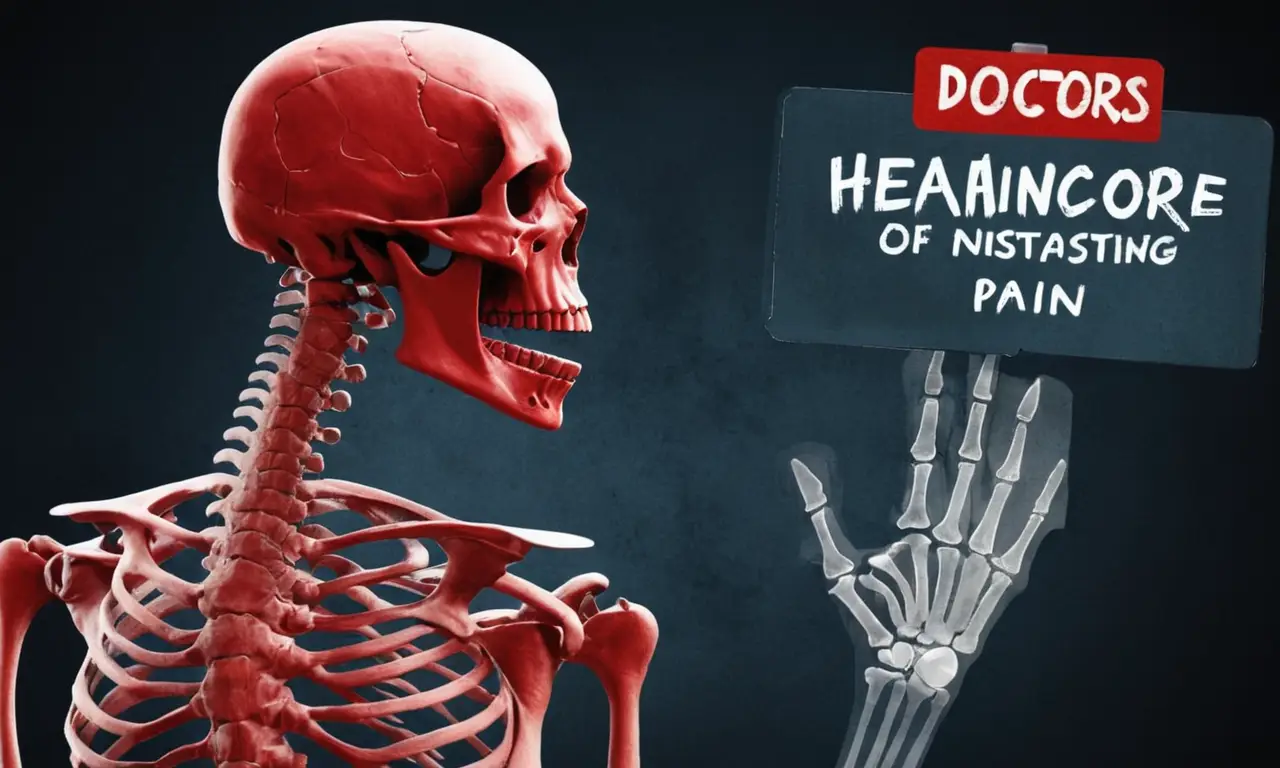
The human body is a complex and fascinating machine, capable of incredible feats of strength and flexibility. However, there are certain limits to what our bodies can withstand, and some actions, while seemingly harmless, can have devastating consequences. One such action is the act of intentionally snapping one’s neck. While it may appear as a simple maneuver in movies or television shows, the reality is far more dangerous.
This article will delve into the complexities of the human cervical spine, exploring the risks and dangers associated with both intentional and unintentional neck manipulation. We will examine the potential for serious injury, including spinal cord damage, paralysis, and even death. By understanding the science behind neck cracking and the potential consequences, we can make informed decisions about our health and well-being.
Can You Snap Your Neck?
The human cervical spine, comprising seven vertebrae in the neck region, is designed to provide support, flexibility, and protection for the spinal cord. While these bones are strong and interconnected by ligaments and muscles, they are not invincible. The delicate structures within the neck, including nerves, blood vessels, and the spinal cord itself, are highly vulnerable to damage from forceful manipulation.
The idea of “snapping” your neck implies a sudden, violent movement that can exceed the limits of normal range of motion. This type of force can cause dislocations, fractures, or even tearing of ligaments and muscles. While some individuals may experience a sensation of cracking or popping in their necks due to gas bubbles forming in the synovial fluid within joints, this is a different phenomenon from intentionally snapping the neck.
It’s important to note that the human body has natural mechanisms for protecting itself from excessive force. Reflexes and muscle tension can help prevent catastrophic injuries, but these safeguards are not foolproof. Attempting to deliberately break your own neck is extremely risky and should never be attempted.
Risks of Neck Cracking

While occasional neck cracking may not pose significant risks for most individuals, frequent or forceful manipulation can lead to several potential problems.
Joint Damage: Repeatedly cracking your neck can put stress on the joints in your cervical spine, leading to wear and tear over time. This can result in osteoarthritis, a degenerative condition that causes pain, stiffness, and limited mobility.
Muscle Strain: The muscles surrounding the neck are responsible for supporting and stabilizing the head. Excessive cracking can strain these muscles, causing pain, tenderness, and weakness.
Nerve Compression: The nerves that run through the cervical spine can be compressed by forceful manipulation, leading to numbness, tingling, or even pain radiating down the arms and hands.
Dangers of Intentional Neck Manipulation
Intentional neck manipulation, such as attempting to “snap” your neck, carries significantly higher risks than occasional cracking.
Spinal Cord Injury: The spinal cord is a delicate bundle of nerves that transmits signals between the brain and the rest of the body. Any damage to the spinal cord can result in paralysis, loss of sensation, or even death.
Vertebral Artery Dissection: The vertebral arteries supply blood to the brain. Forceful neck manipulation can tear these arteries, leading to a stroke or other serious neurological complications.
Ligament and Muscle Tears: Intentional snapping can cause severe tears in the ligaments and muscles that support the neck, resulting in instability and chronic pain.
Spinal Cord Injury

The spinal cord is the central nervous system’s highway, responsible for transmitting signals between the brain and the body. Any damage to this vital structure can have devastating consequences.
A spinal cord injury caused by intentional neck manipulation can result in a range of impairments, depending on the severity and location of the damage. Paralysis, loss of sensation, bowel and bladder dysfunction, and chronic pain are all possible outcomes. In severe cases, a spinal cord injury can be fatal.
Paralysis and Death
While rare, paralysis and death are potential consequences of intentional neck manipulation.
Paralysis: Damage to the spinal cord can result in partial or complete paralysis, affecting the ability to move, feel sensations, or control bodily functions below the level of injury.
Death: In extreme cases, a severe neck injury can lead to respiratory failure, cardiac arrest, or brain damage, resulting in death.
Conclusion
The human cervical spine is a marvel of engineering, but it is not indestructible. While occasional neck cracking may not pose significant risks for most individuals, intentional manipulation carries serious dangers. Attempting to “snap” your neck can result in severe injuries, including spinal cord damage, paralysis, and even death. It’s crucial to prioritize the health and safety of your spine by avoiding forceful neck movements and seeking professional guidance if you experience any pain or discomfort.
